Pressure sensors, also known as pressure transducers, are devices that detect pressure changes in gases or liquids and convert these changes into standardized electrical signals. Based on their functional characteristics and application environments, pressure sensors can be categorized into several specialized types:
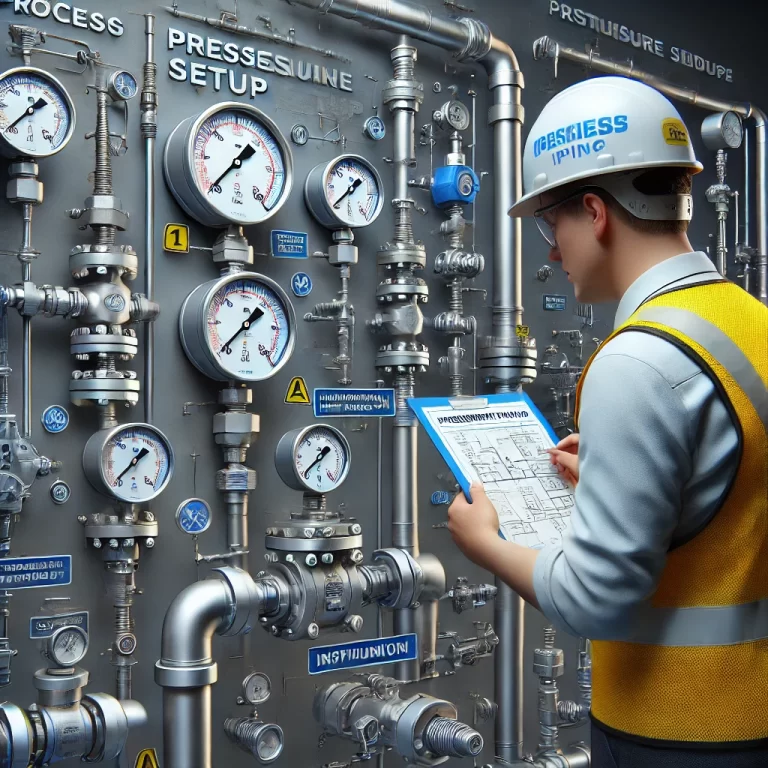
1. High-Temperature Pressure Sensors
These sensors are designed to operate reliably in elevated temperature environments. While standard pressure sensors typically support media temperatures from –40°C to +85°C, high-temperature pressure sensors can function in ranges from –40°C up to +150°C, depending on sensor construction and thermal isolation design.
Applications:
Steam pipelines
Engine systems
Industrial furnaces
Oil & gas processing lines with elevated temperatures
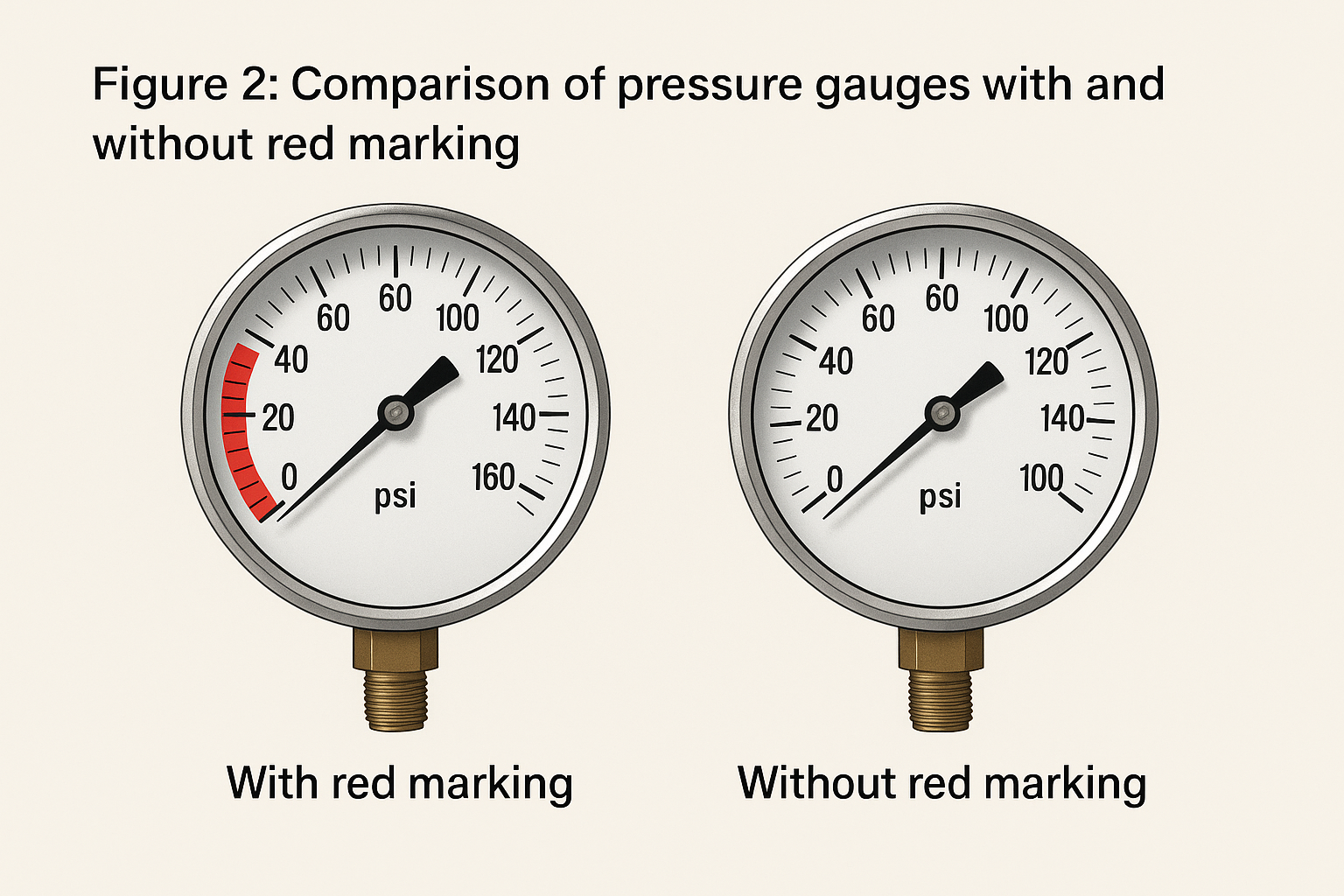
2. Explosion-Proof Pressure Sensors
Explosion-proof pressure sensors comply with intrinsic safety standards and are suitable for use in hazardous areas where explosive gases or vapors are present. These sensors are designed to prevent ignition from sparks or surface temperatures under normal and fault conditions.
Typical Certifications: Ex ia IIC T4 Ga / ATEX / IECEx
Hazard Zones: Zone 0, Zone 1, Zone 2
Applications:
Petrochemical plants
Refineries
LNG terminals
Underground mines
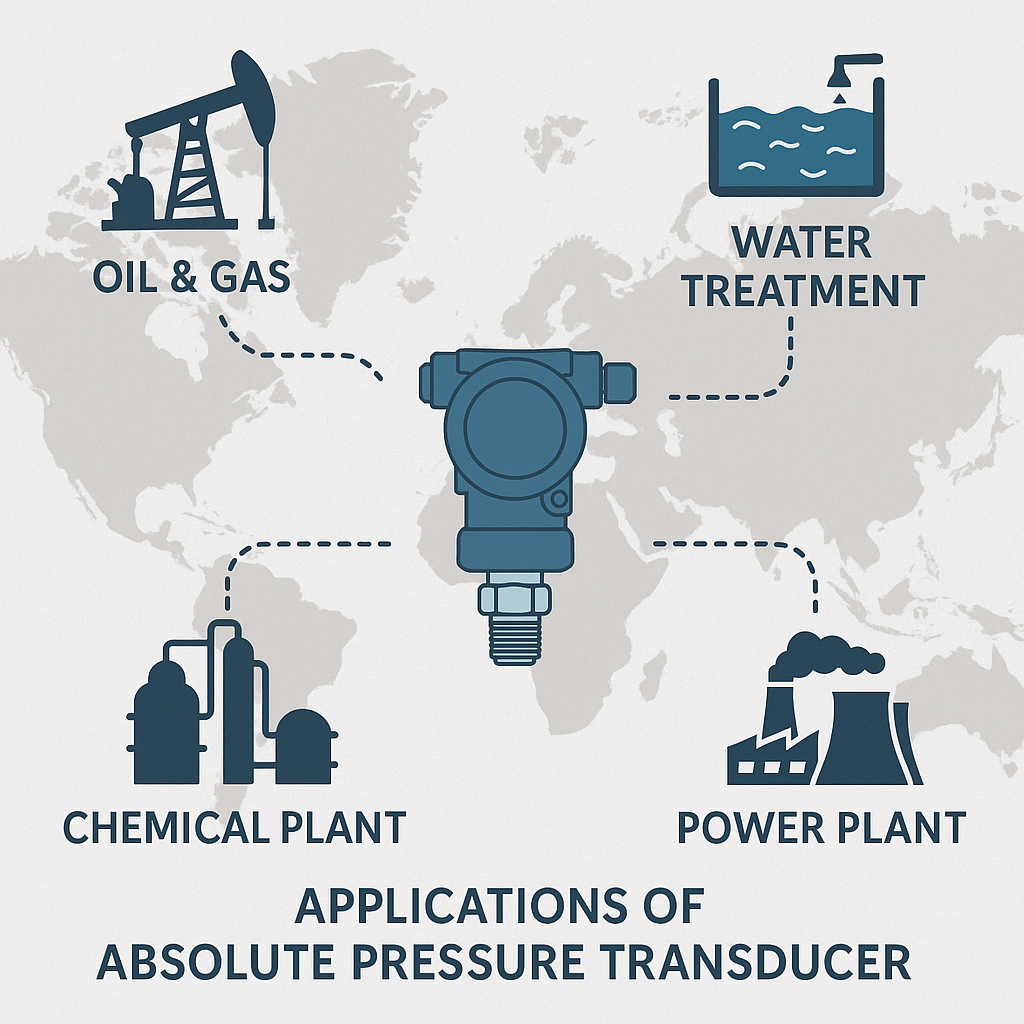
3. Waterproof Pressure Sensors
Waterproof sensors are engineered for continuous immersion and harsh outdoor environments. Models rated IP68 offer the highest level of water and dust protection. Their hermetically sealed structure ensures long-term stability and corrosion resistance.
Applications:
Submersible liquid level monitoring
Hydrology and water treatment
Marine and underwater equipment
4. Shock-Resistant Pressure Sensors
Shock-resistant models are designed for high-impact environments. They feature rugged mechanical structures that can withstand:
Vibration
Sudden high-pressure surges
Particle impact (e.g., sand, cement)
Abrasive slurry conditions
Applications:
Oilfield cementing and fracturing
Construction machinery
Concrete pumping systems
Hydraulic test rigs
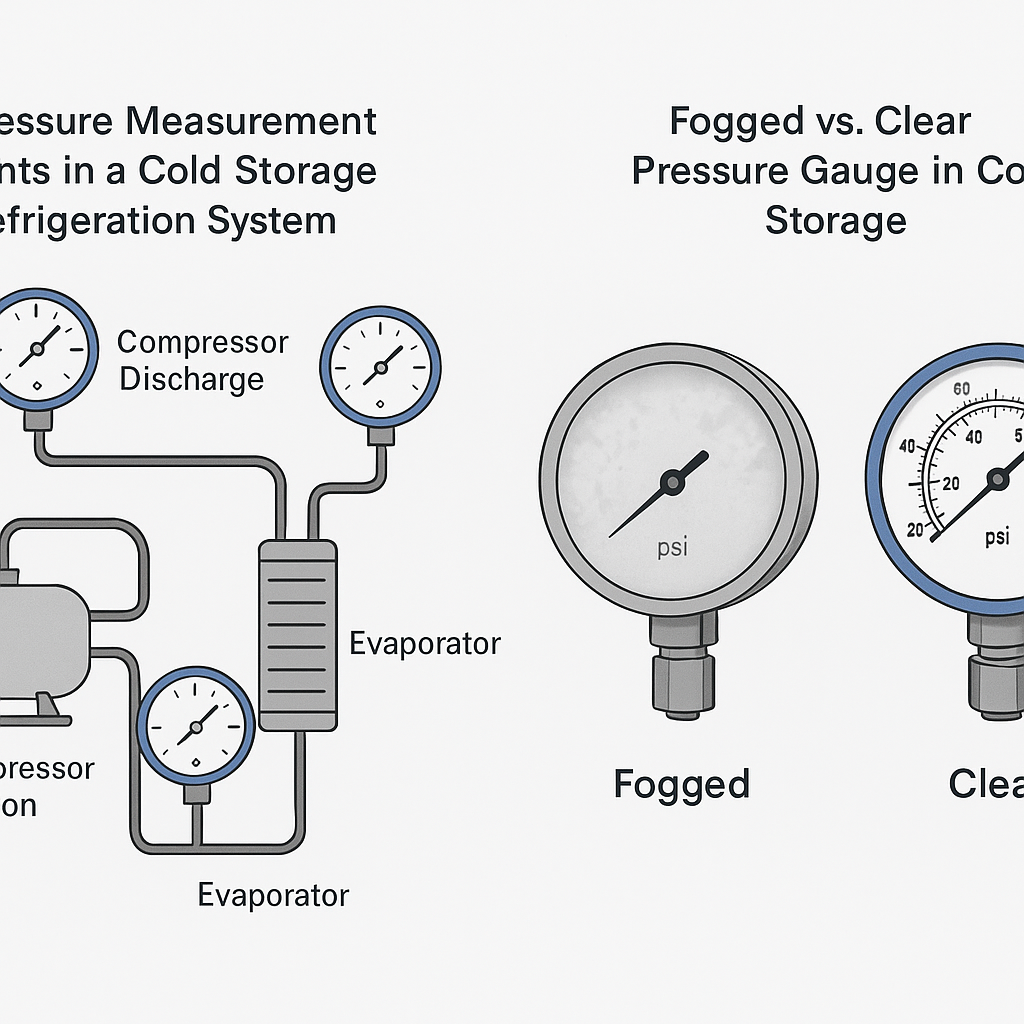
5. Sanitary Pressure Sensors
Sanitary pressure sensors are constructed from 316L or 316K stainless steel, with polished surfaces and flush diaphragms, allowing for easy cleaning and sterilization. They comply with hygienic standards and are compatible with CIP/SIP processes.
Applications:
Food and beverage production
Pharmaceutical processing
Dairy and brewing industries
Bioreactors and fermentation tanks
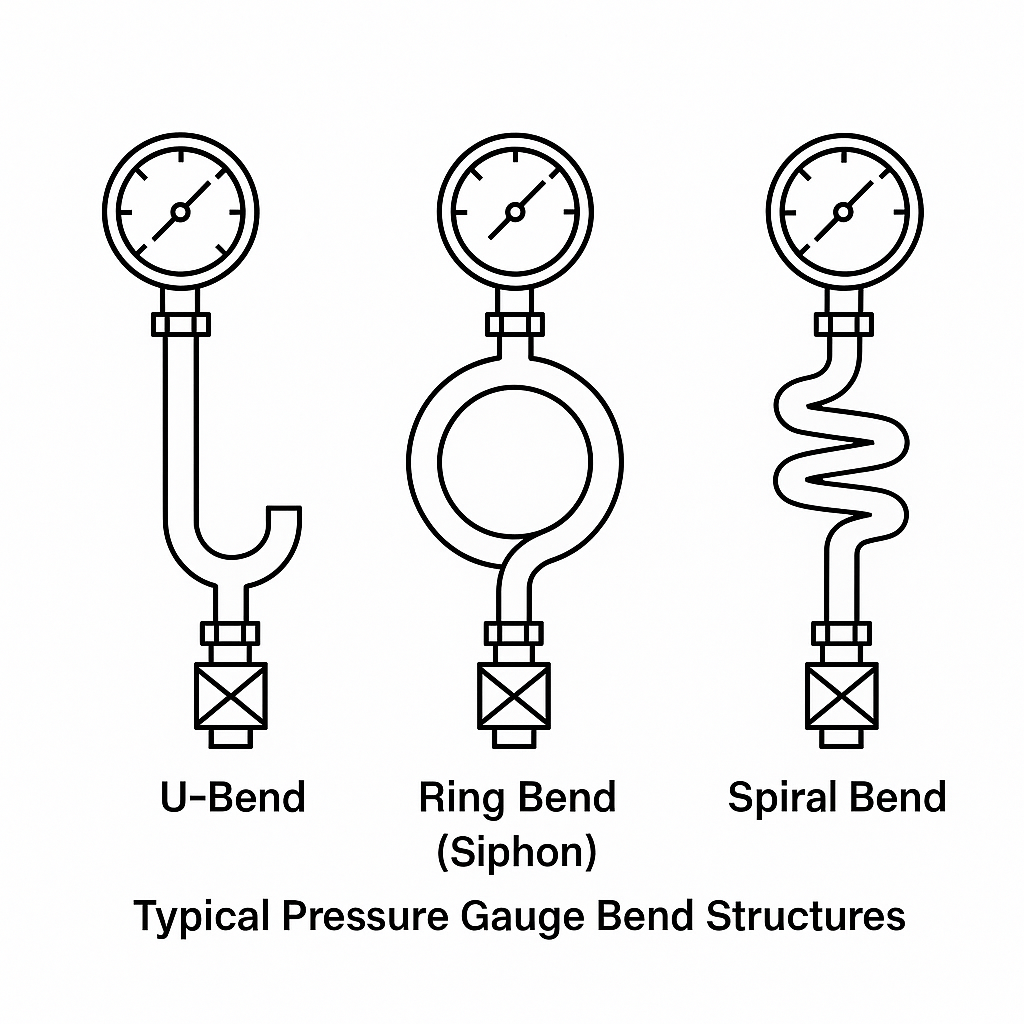
6. Union-Type (Hammer Union) Pressure Sensors
These sensors adopt a hammer union connection and are designed to withstand harsh drilling and fracturing conditions. The sensing diaphragm is robust and resistant to erosion, making the sensor suitable for high-pressure, high-frequency impact environments.
Key Features:
Compact mechanical structure
High vibration resistance
Erosion-resistant diaphragm
Fast installation and replacement
Applications:
Cementing operations
Hydraulic fracturing
Wellhead monitoring
Geotechnical grouting systems
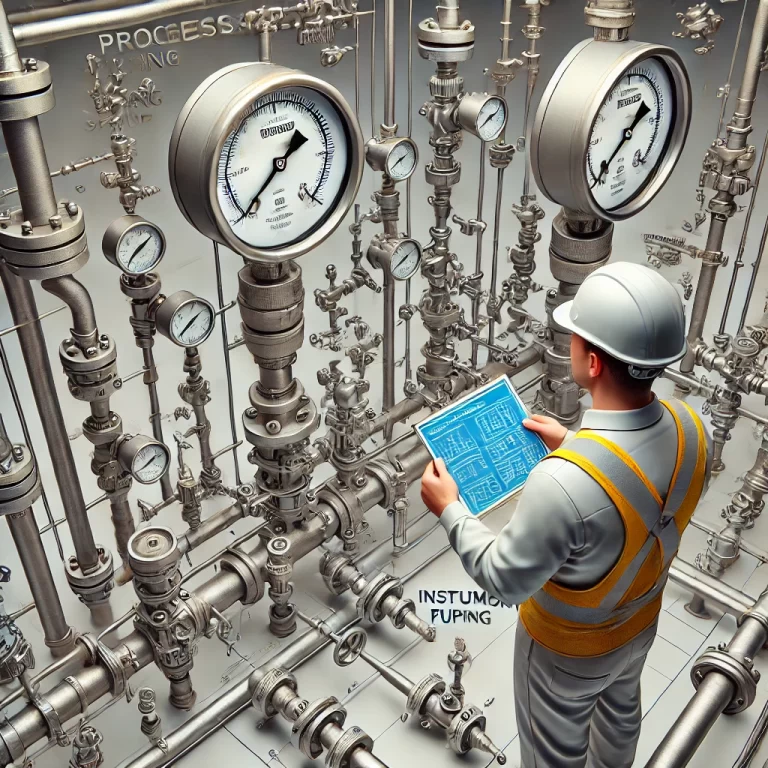
Conclusion
Pressure sensors are among the most widely used instruments in industrial automation. Choosing the right type of sensor based on functional requirements such as temperature tolerance, explosion protection, water ingress resistance, mechanical durability, sanitary design, or specific connection type is crucial for ensuring accurate, safe, and reliable measurements across various industries.
